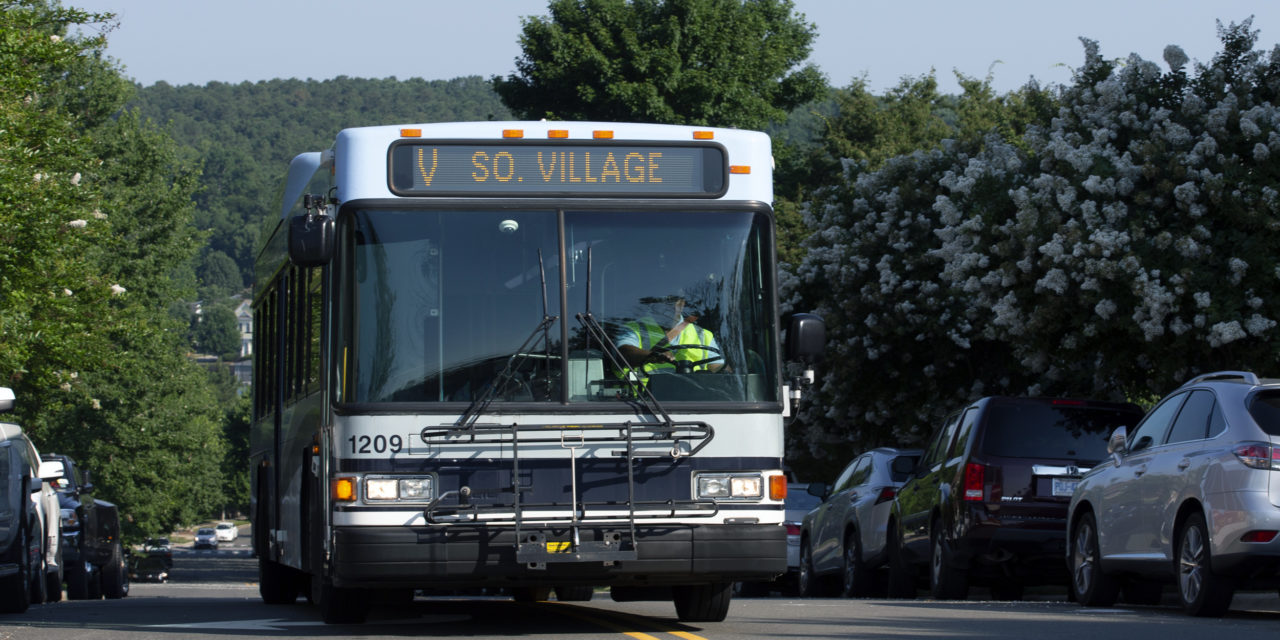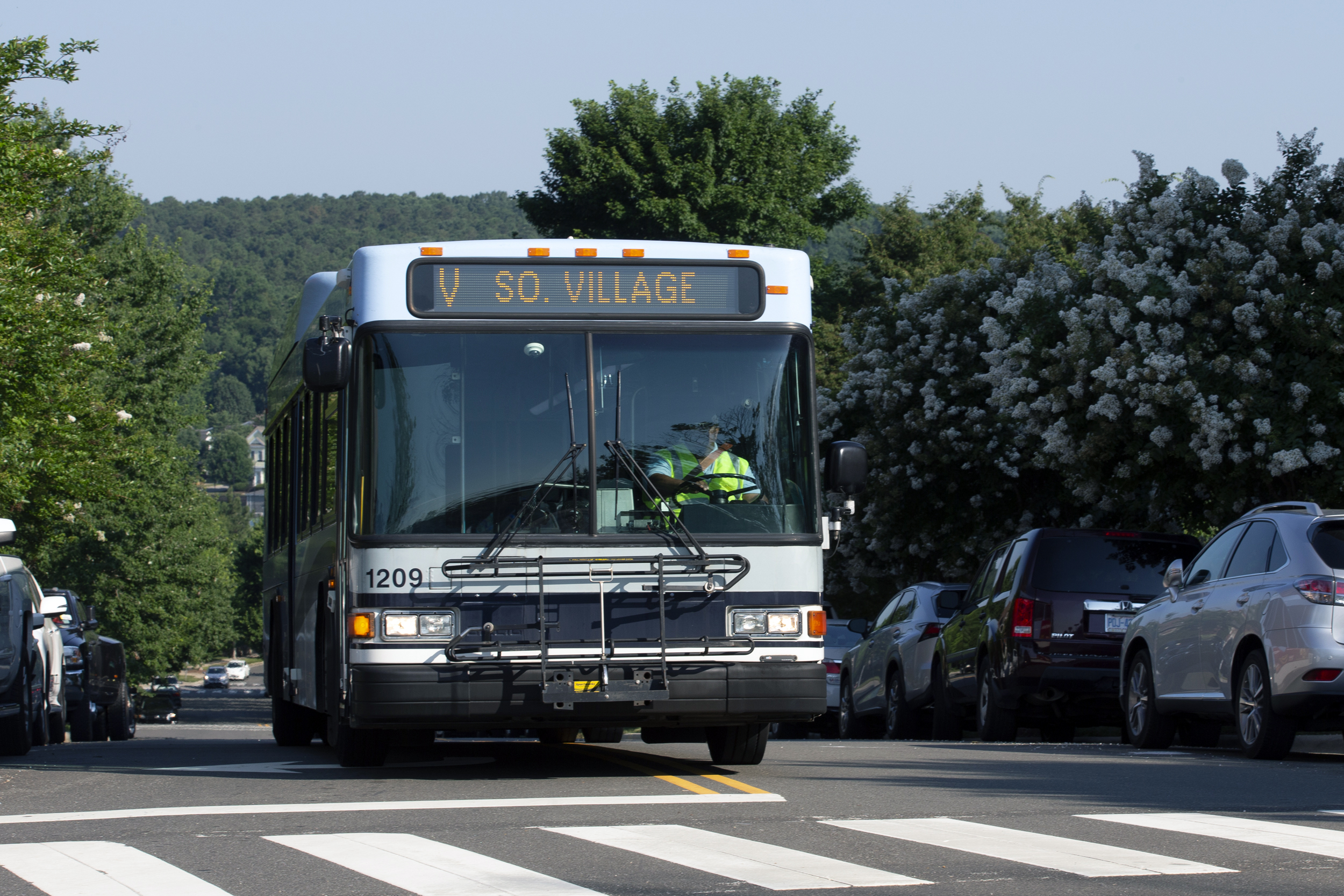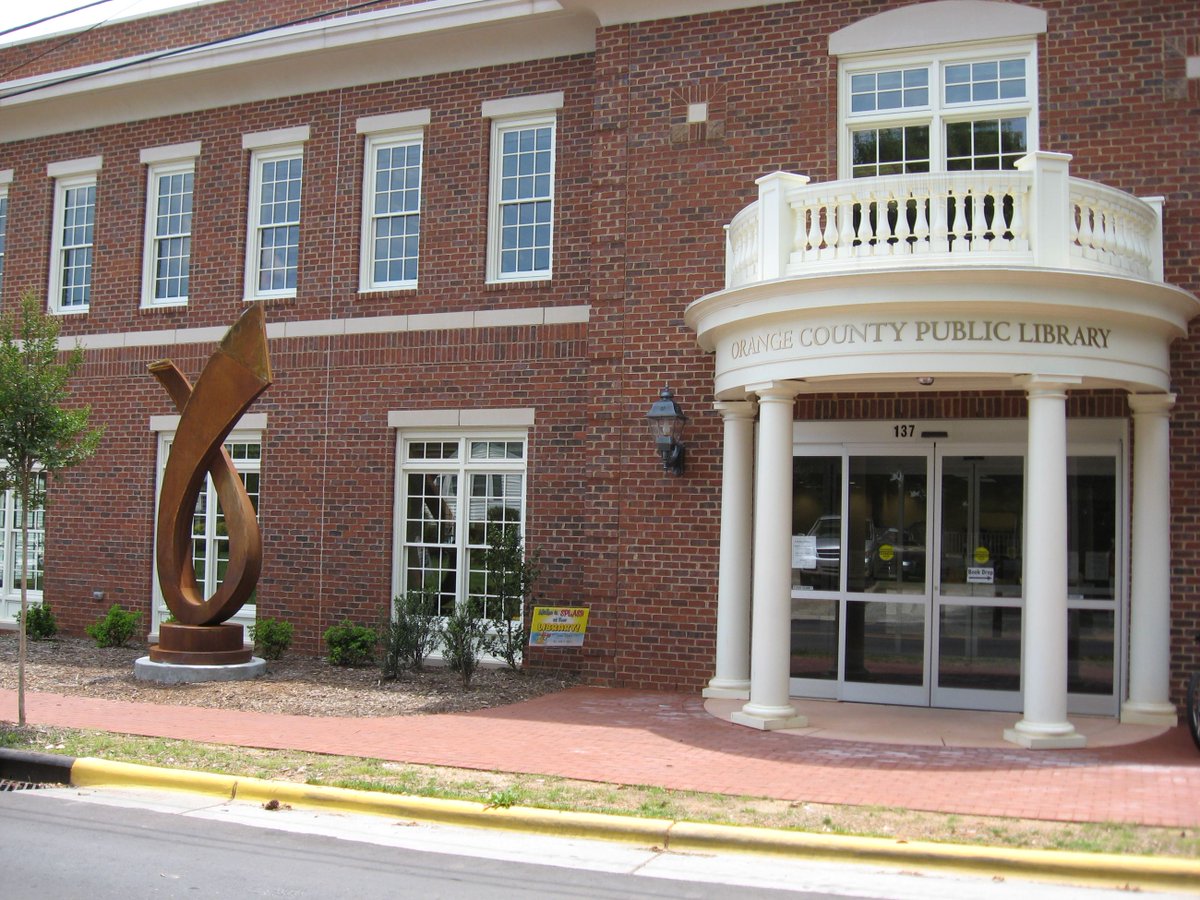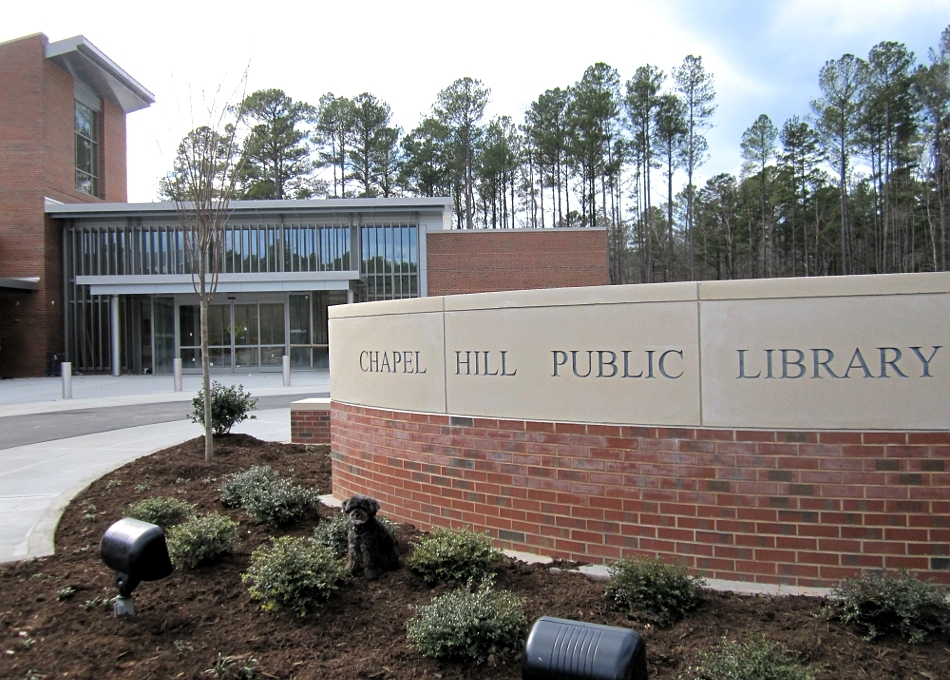When people hopped onto a Chapel Hill Transit bus this weekend, they may have thought about making sure they were on the correct route, what time it was or whether they were wearing a face mask. But one thing they didn’t have to think about? Having to pay for the ride.
According to the transit system’s leadership, it was around the first weekend of January 20 years ago that Chapel Hill Transit moved to its fare-free model — meaning riders did not have to pay a fee in order to ride the bus.
Chapel Hill Transit Director Brian Litchfield joined the system in 2008, six years after the model had been installed. But when speaking to 97.9 The Hill about the 20th anniversary of the move, he said he believes it was a forward-thinking decision that has helped the community in a variety ways.
The popular transit system is made up of three partners: the Town of Chapel Hill, the Town of Carrboro and UNC. Litchfield said before 2002, the group was aligned on several goals for enhancing and improving Chapel Hill Transit. UNC students already rode the buses without having to pay fares, since the university gave them passes to use when boarding the transit vehicles. Litchfield said, however, there were several reasons the entities took another step forward and made rides free for all passengers — reasons that continue today.
“All three of the partners,” he said, “have significant interest and commitment to the environment and sustainability, in creating multi mobile systems. Having access to transportation options for all community members, regardless of income or whether they have a vehicle, is important to all three.”
Litchfield said around the time Chapel Hill Transit changed to its fare-free model, the towns were having regular discussions about traffic congestion and whether new parking garages or expanded roadways needed to be built. Investing in the transit system helped delay some of those needs and supported transportation options with less of an environmental impact.
Litchfield said in addition to achieving the town governments’ and UNC’s goals of being more sustainable, he believes the fare-free model is a key element of the community’s commitment to equity. Rides being free lays the groundwork for public transportation having fewer barriers for community members and visitors alike, he said.
“I always tell folks,” Litchfield said, “it doesn’t matter where you are in town, whether you have 50 bucks in your pocket or nothing in your pocket. The bus pulls up, they open the door, you hop on and you go to where you need to go.”
“That’s important not only for folks going to and from the university and the hospital, which are significant partners in the system,” the transit director added. “But it’s also very important for folks that are just trying to get to other things important in their lives — whether it’s to a medical appointment, to the community center or the senior center, or going to a job interview or students going to high schools and middle schools.”
While the change in 2002 made riding the bus easier for patrons, Litchfield said it likely wasn’t without its growing pains for the transit partners. In order to provide the breadth of service necessary for all community members to use the resource, Chapel Hill Transit had to expand its services and routes. With buy-in from the town governments and university, though, the bus system evolved into what it is today.
“Our ridership went from just under 3 million in 2002,” said Litchfield, “to just before [the COVID-19 pandemic,] we were doing about 7 million rides a year. So, the ridership went up drastically. Not just because of fare-free, but [being] fare-free helps set the table for that success.”
Litchfield said throughout Chapel Hill Transit’s history, the recognition of the system as a resource and the cooperation between the trio of Chapel Hill, Carrboro and UNC has been integral.
“I think without that partnership,” he said, “it would’ve been really hard to go down not only the road of being fare-free, but also to go down the road of providing the services that we provide today.”
Those services continue to expand. Despite scaling some service back due to the COVID-19 pandemic and the shifting job market, Chapel Hill Transit embarked on its Short Range Transit Plan in 2020, which features more weekend service and adjusted routes. The system is in the environmental planning phase for a Bus Rapid Transit line to run north and south through Chapel Hill, offering streamlined service along an eight-mile corridor.
And soon, Chapel Hill Transit is taking another step in its goal to lower environmental impact: electric buses. Funding between the three partners and the Federal Transit Administration led to Chapel Hill Transit purchasing three electric buses, with plans to add even more.
The transit system announced it is holding a reveal event for local leaders and the media on Friday to discuss the battery-powered buses.

A photo of one of the new electric buses set to join the Chapel Hill Transit fleet. The transit system is holding a full reveal celebration on Friday, January 14, with community partners who helped fund the purchase of the buses. (Photo via Brian Litchfield/Chapel Hill Transit.)
“We want to see how they perform, how they work,” Litchfield told 97.9 The Hill. “We’re gonna test them throughout the system on several routes and see how they perform and work. We’re really excited about not only being able to move into that electric environment, but also move further [toward] meeting additional sustainability goals for the towns and university.”
Photo via Town of Chapel Hill
Chapelboro.com does not charge subscription fees. You can support local journalism and our mission to serve the community. Contribute today – every single dollar matters.








